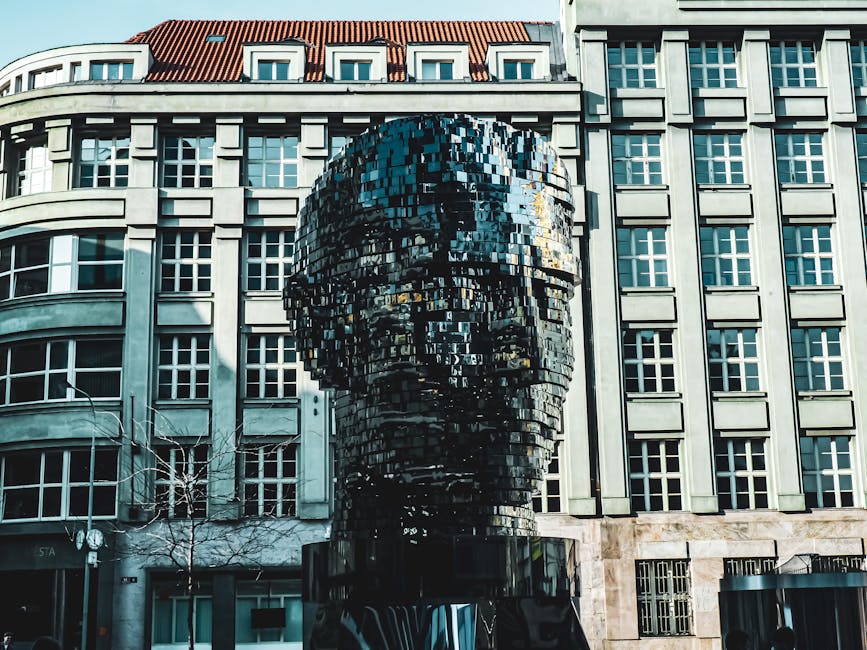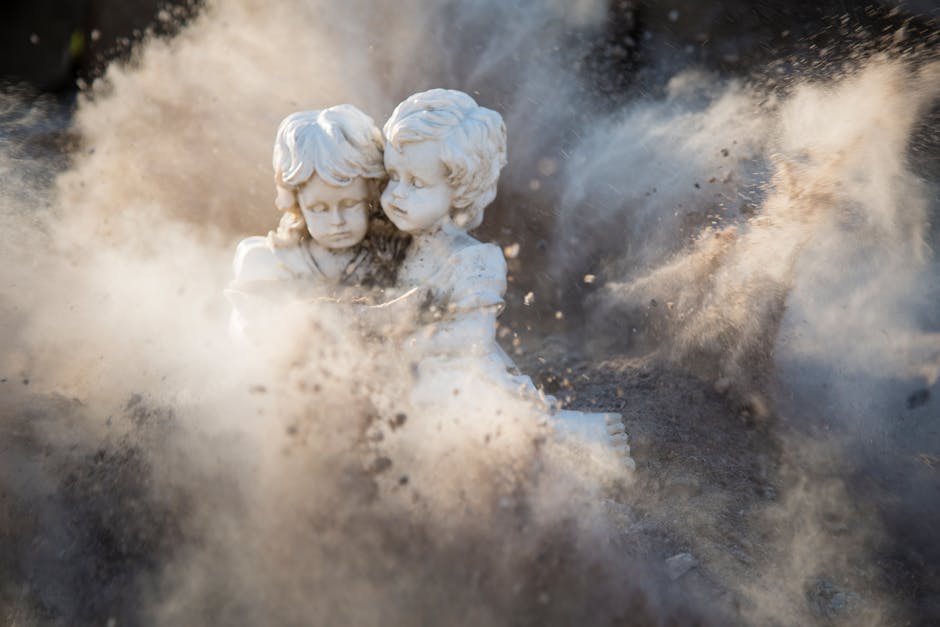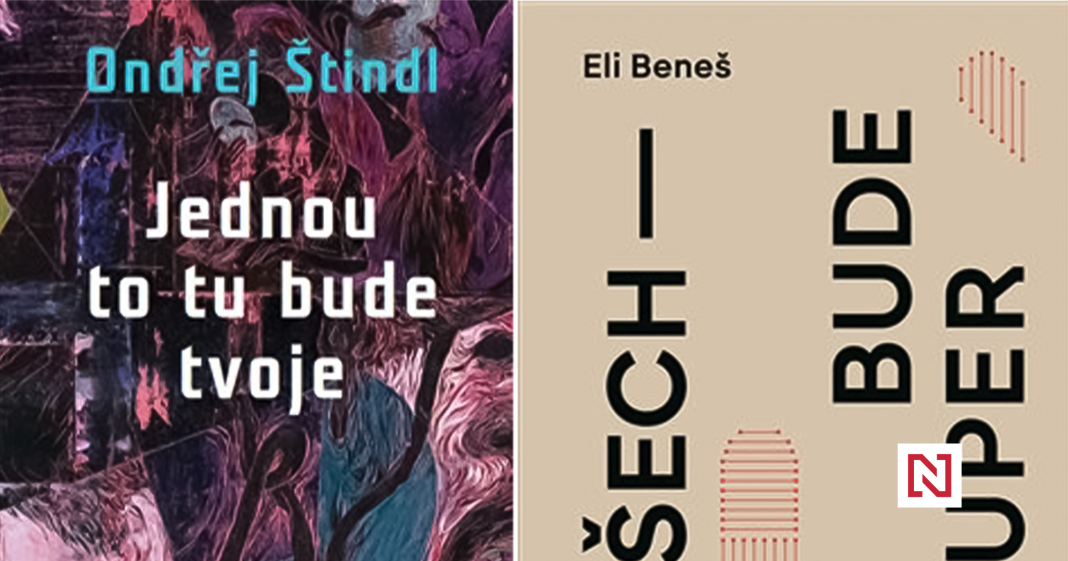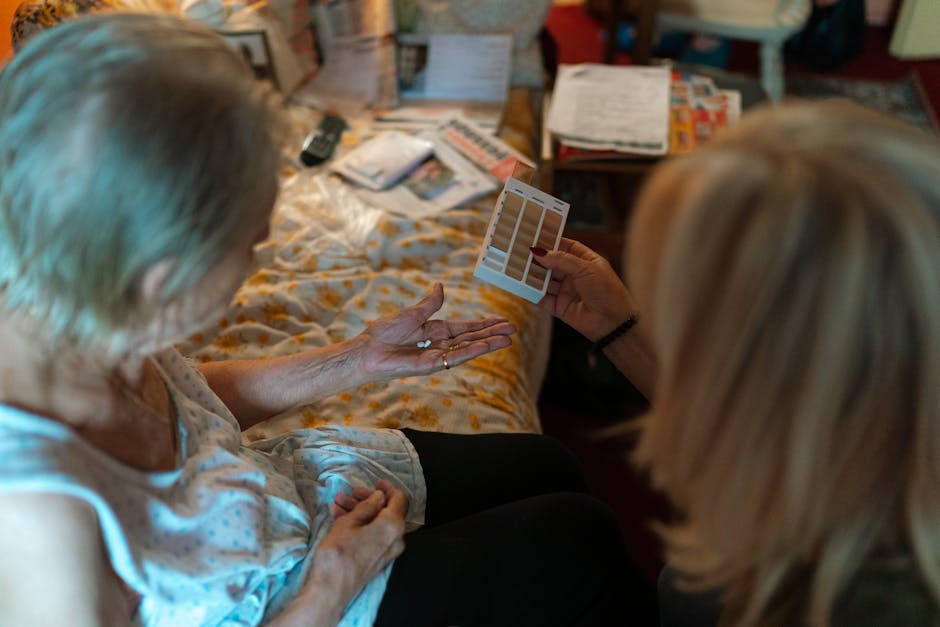A controversial bronze sculpture near Prague’s Estates Theatre has been taken down, stirring public debate and attracting widespread attention. The removal marks a significant moment in the city’s evolving cultural landscape.
Background of the Sculpture

The bronze sculpture, installed in the early 2000s, was intended to symbolize modern artistic expression juxtaposed with the historic essence of Prague. Despite its intended purpose, the artwork often sparked debates over its aesthetic and thematic relevance, leading to polarized opinions within the community.
Critics argued that the sculpture did not align with the architectural beauty surrounding the Estates Theatre, which is renowned for its classic design and historical significance. Many patrons and visitors felt that the installation clashed with the area’s traditional ethos, calling for its reassessment and eventual removal.
Supporters, however, viewed the piece as a bold statement that challenged conventional norms and encouraged discussions on contemporary art’s place in historic settings. The removal, therefore, represents a broader dialogue about modern artistic space within cultural heritage sites.
Public Reactions and Reflections

The announcement of the sculpture’s removal elicited mixed reactions from the public. Art enthusiasts and local residents expressed both relief and disappointment, highlighting the complexity of public art’s role in communal spaces. Some celebrated the decision as a victory for preserving Prague’s cultural integrity.
On social media platforms, discussions flourished around the importance of public input in artistic installations. Many echoed sentiments that while avant-garde art should be encouraged, its placement should be carefully considered within the context of its surroundings.
City officials have acknowledged these reactions, emphasizing their commitment to fostering inclusive conversations about future art initiatives. The feedback collected from residents will serve as a guiding framework for upcoming projects in the area.
Impact on Local Art Scene

The removal has sparked conversations among artists and curators about the balance between innovation and tradition in Prague’s art scene. This event is being seen as a catalyst for potentially redefining artistic expressions within the city’s historically significant areas.
Art institutions are now faced with the challenge of addressing both modernism and classicism, ensuring that new installations respect the city’s rich past while embracing progressive ideas. This ongoing dialogue is critical for the sustainable development of Prague’s cultural narrative.
There is anticipation for new art installations that can harmoniously blend with the area’s aesthetics, supporting both the preservation of heritage and the encouragement of contemporary art innovation.
Future of Public Art in Prague

With the sculpture now removed, attention turns to what will replace it. The city aims to ensure that future art installations align with the historical and cultural contexts important to Prague’s identity. Efforts are being made to gather public opinions, presenting an opportunity for collaborative decision-making.
Several proposals have been put forth, ranging from traditional art forms to interactive installations that reflect Prague’s dynamic cultural landscape. These ideas are being carefully reviewed by the city’s arts council, which is tasked with curating pieces that uplift and complement public spaces.
The outcome of this process will play a substantial role in shaping how Prague balances its artistic aspirations with its revered traditions, setting a precedent for future public art endeavors.
In conclusion, the removal of the controversial bronze sculpture near the Estates Theatre underscores the ongoing dialogue between modern art and historical preservation. As Prague navigates this complex relationship, the city remains committed to fostering an environment where both heritage and innovation can thrive.





